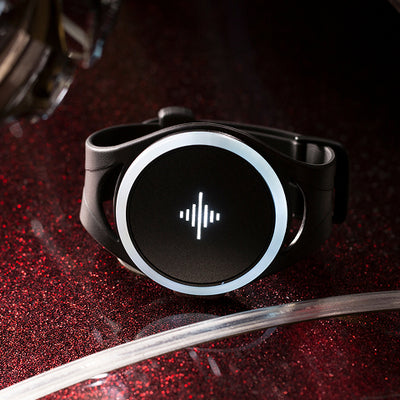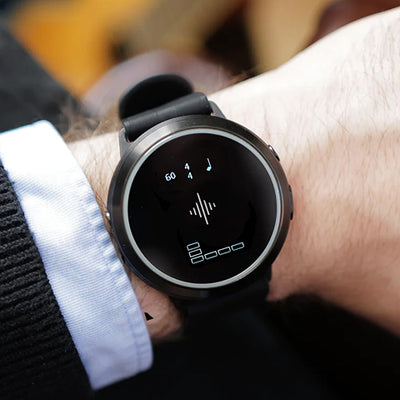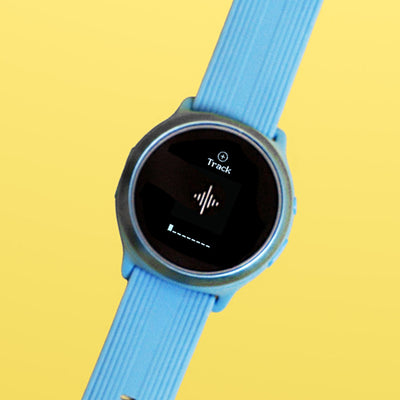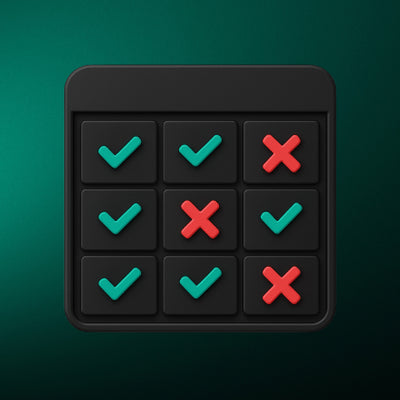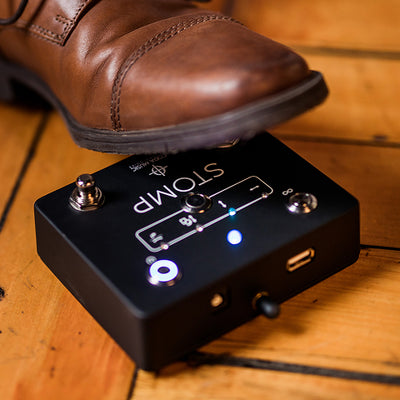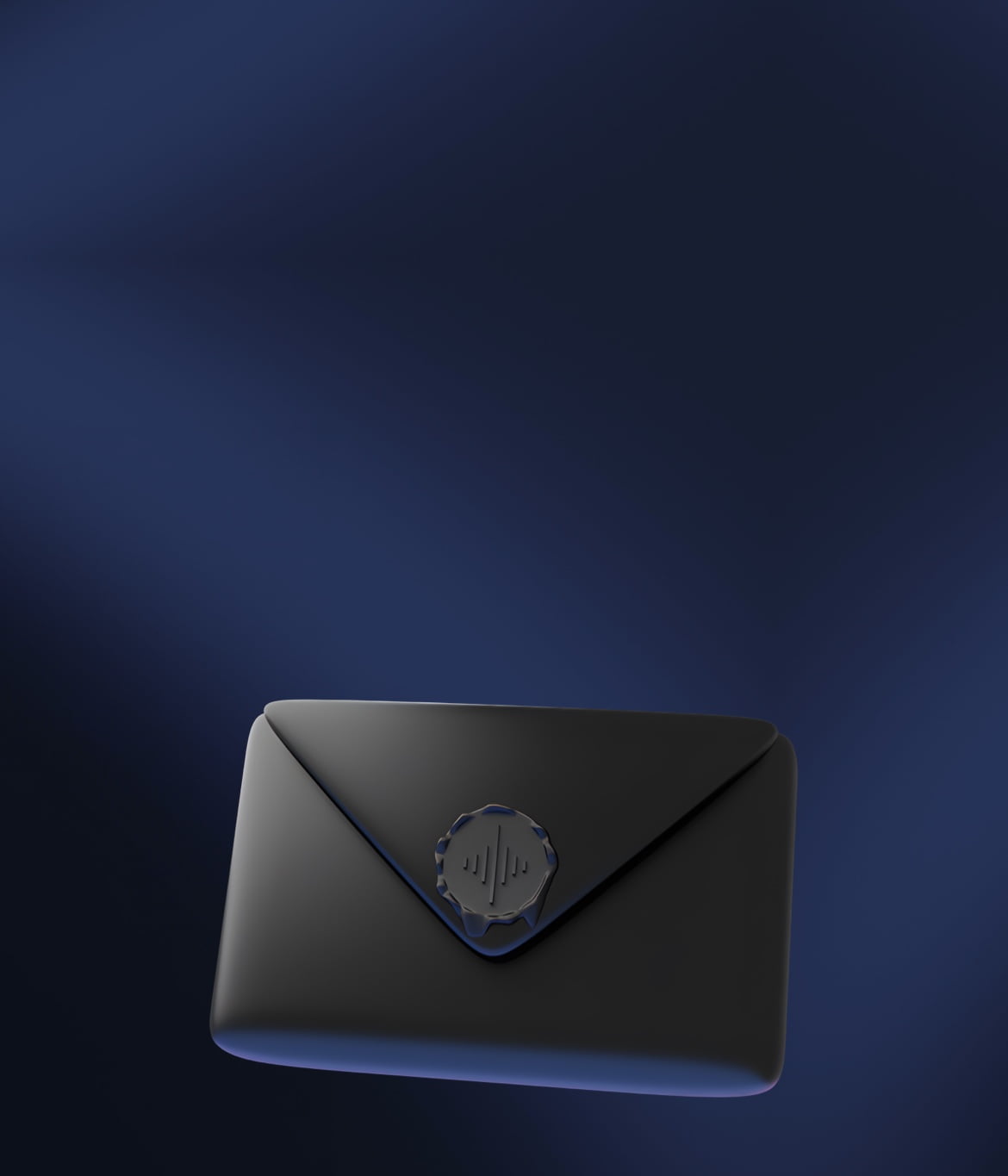Blog5 min read
The science behind why kids learn music better with haptic feedback
The Soundbrenner Spark is a kid-sized wearable that turns rhythm into touch, helping young musicians build focus, coordination, and confidence through the power of multisensory learning. Designed for ages 6 to 12, it brings professional-grade haptics into a fun, durable format that makes practice feel more like play.

Every child learns in their own way, but one thing is clear: the more senses a child engages, the faster they learn. In music education, combining sound with touch can dramatically improve focus, coordination, and timing. That’s the idea behind the upcoming Soundbrenner Spark - a kid-sized version of our award-winning Core 2 metronome, designed for children aged 6 to 12. The Spark brings professional-level haptic feedback into a format that’s fun, durable, and developmentally tuned for younger musicians.
Here’s how the Spark is built on science - and why it could reshape how kids learn music.
Multisensory learning improves music education
Studies show that when children engage more than one sense during learning, they retain information better and stay more engaged. Traditional music instruction leans heavily on hearing and sight, but adding touch can open new learning pathways.
A review of haptic-enhanced educational tools found that tactile feedback can:
- Improve fine motor control
- Extend attention span
- Encourage interactive exploration
By combining the sense of touch with sound, the Spark helps children get real-time confirmation of their rhythm - making practice feel more intuitive and less frustrating.

How haptic feedback connects to the brain
Practicing music requires tight coordination between what a child hears and how they move. This is known as sensorimotor coupling - and haptic feedback strengthens it by turning rhythm into a physical sensation.
According to theories in embodied music cognition, feeling the beat improves entrainment - a child’s natural ability to synchronize their movement with rhythm. In fact, neuroscientific research shows that trained musicians develop more refined tactile awareness than non-musicians, suggesting that multisensory training can shape the brain for better timing and control.
Why tactile rhythm works for kids
The Spark isn’t just a tool - it’s a sensory support system that meets children where they are developmentally. Here’s how it helps:
Rhythmic precision
Vibrations felt on the wrist provide a steady, silent pulse that kids can internalize - even in noisy or shared environments.
Improved focus
Tactile cues reduce the need to watch a flashing light or listen for clicks, helping kids stay centered on their playing.
Better motor control
Whether it’s finger placement, bowing, or breath coordination, vibrations offer subtle guidance for more accurate movement.
More engaging practice
Physical feedback makes practice feel interactive. Kids respond to the Spark more like a musical toy than a training device, helping motivation stick.
Pro-level tools in a kid-sized design
The Spark includes advanced features adapted for younger learners:
-
Customizable vibration strength
Seven intensity levels to match any playing style - from delicate to dynamic. -
Built-in microphone tuner
Instant pitch feedback without needing a separate device. -
Practice tracking and rewards
Built-in session logs and progress badges encourage consistent habits through playful reinforcement. -
Secure and durable fit
A twist-proof body and shorter adjustable band ensure a snug fit for active, growing children.

Bringing science and music together
The Soundbrenner Spark combines leading research in multisensory learning with a design built for real-world music practice. It’s not just about staying on beat - it’s about giving kids the tools to build confidence, stay motivated, and develop a lifelong sense of rhythm.
Coming later this year.
Follow Soundbrenner for updates on the Spark’s release and more tips on helping your child grow through music.















